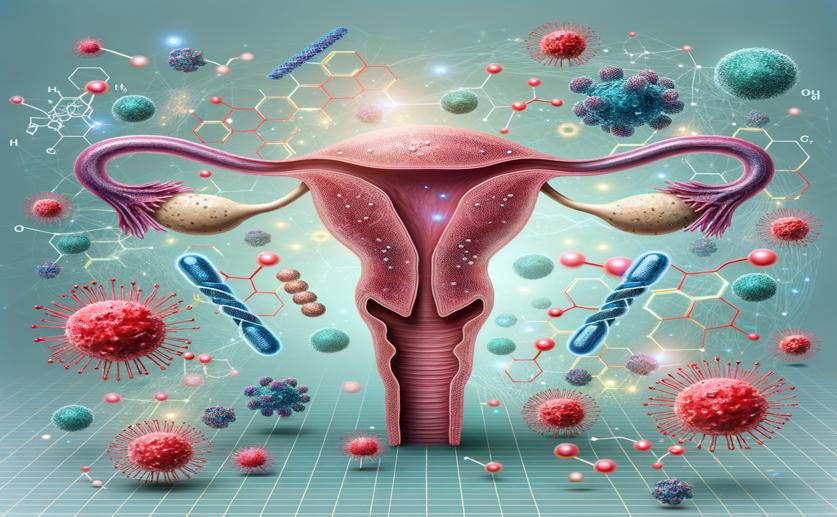
Understanding Uterine Health by Studying Microbes and Metabolites
Jenn Hoskins
28th May, 2024

Image Source: Natural Science News, 2024
Key Findings
- The study took place at the University of Florida and involved 104 Holstein cows to understand the uterine environment in cows that develop metritis
- Cows that developed metritis had similar uterine microbiomes to healthy cows until two days postpartum, after which harmful bacteria like Fusobacterium and Bacteroides increased
- Specific metabolites in the uterus, such as phenylacetic acid and pipecolic acid, were linked to the growth of these harmful bacteria, suggesting a microbial imbalance contributes to metritis
References
Main Study
1) Integrating uterine microbiome and metabolome to advance the understanding of the uterine environment in dairy cows with metritis
Published 27th May, 2024
https://doi.org/10.1186/s42523-024-00314-7
Related Studies
2) Failure of clinical cure in dairy cows treated for metritis is associated with reduced productive and reproductive performance.
3) Assessment of daily activity patterns and biomarkers of pain, inflammation, and stress in lactating dairy cows diagnosed with clinical metritis.
4) Association of dry matter intake and energy balance prepartum and postpartum with health disorders postpartum: Part I. Calving disorders and metritis.



 18th May, 2024 | Jenn Hoskins
18th May, 2024 | Jenn Hoskins